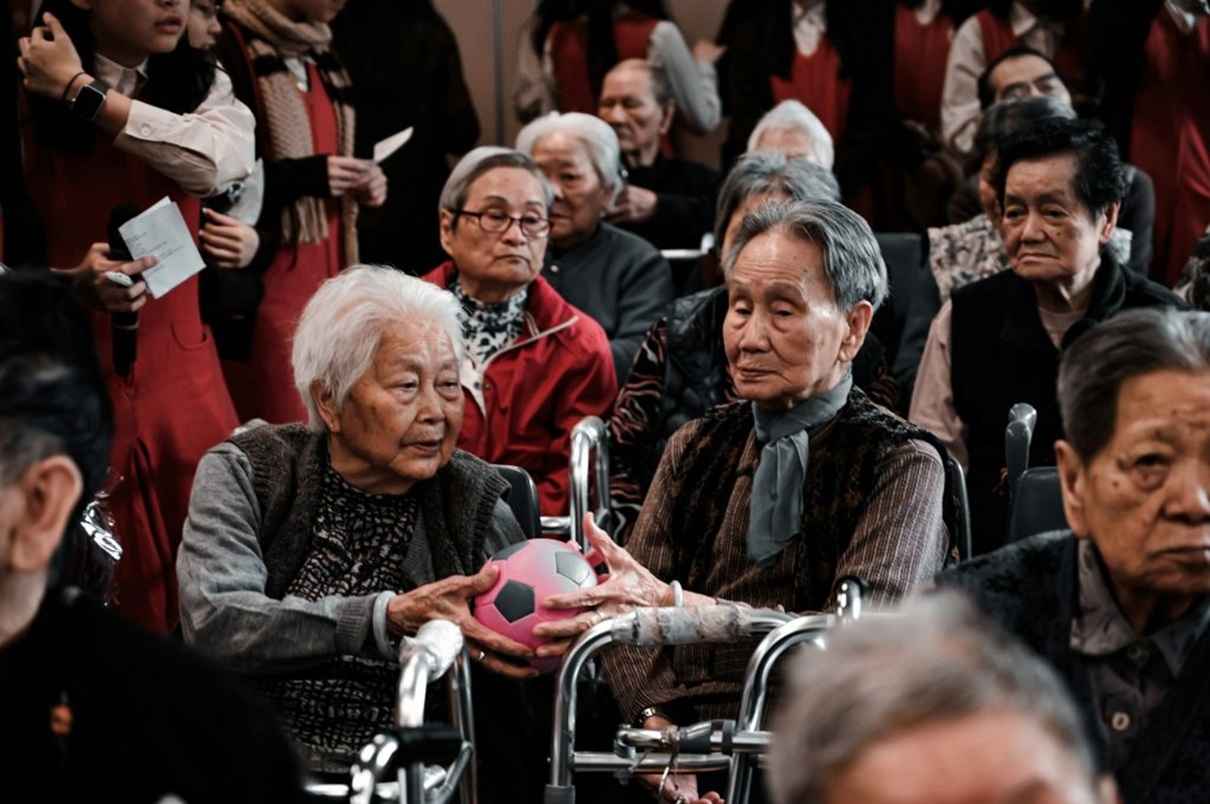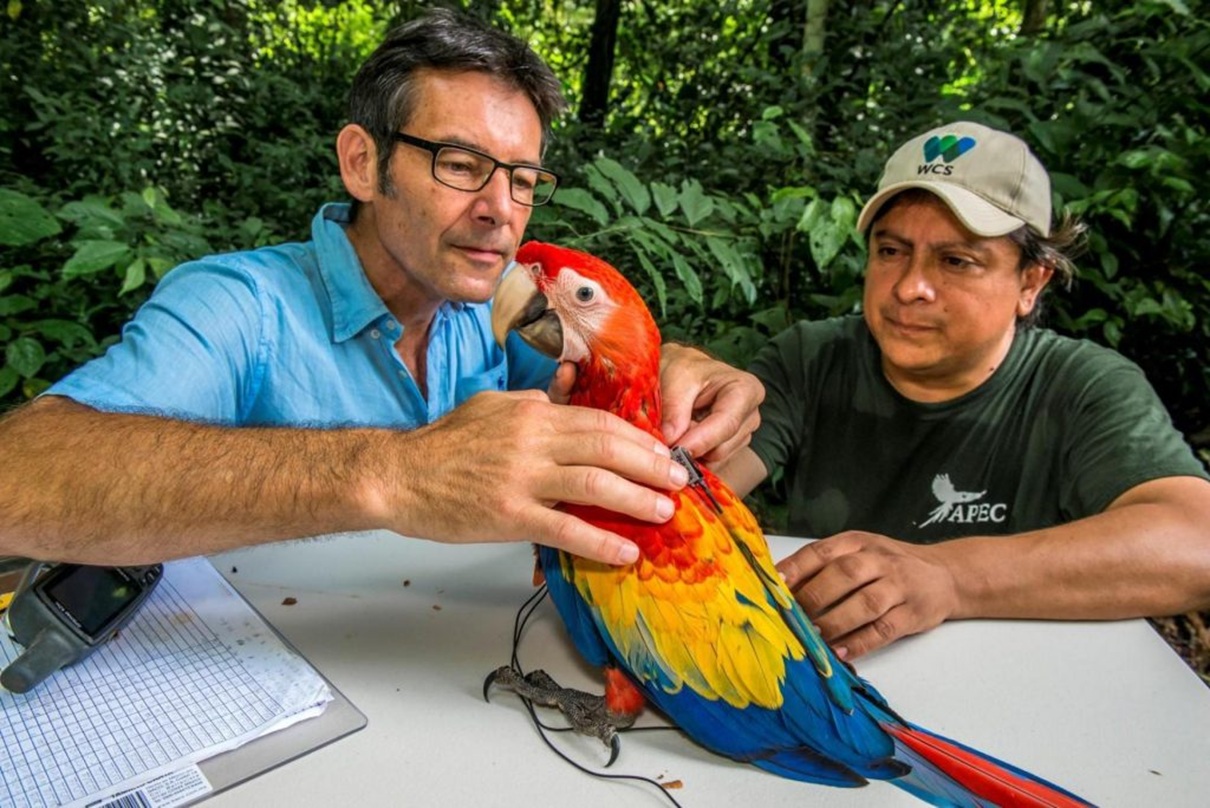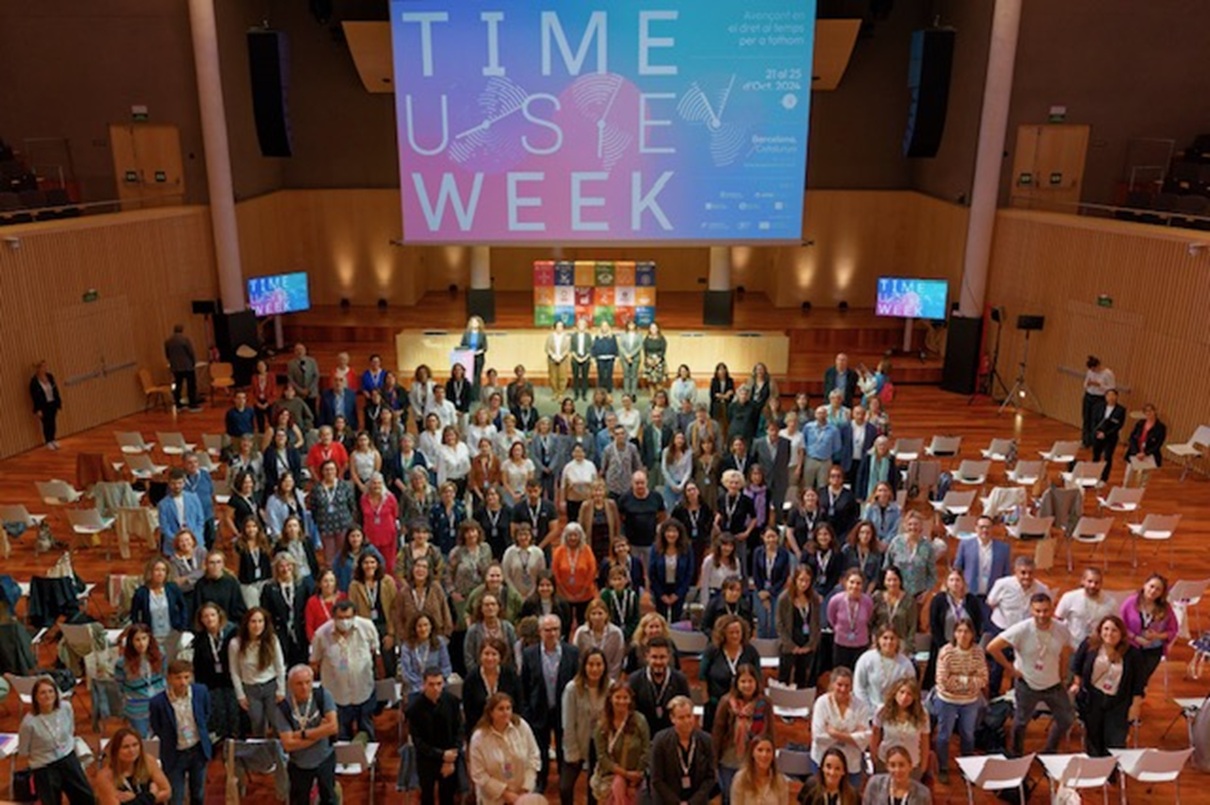The silver tsunami
In 2007, a worrying pattern emerged in Singapore’s hospitals. Elderly patients were being discharged only to return within weeks with preventable complications. The phenomenon, dubbed “revolving door syndrome,” highlighted a critical gap in the city-state’s healthcare system. Despite world-class hospitals and clinics, care fragmentation was creating dangerous and costly gaps for older patients navigating between different care settings.
This challenge was intensifying in a rapidly aging Singapore, where the resident population aged 65 and above doubled from 7% in 1999 to 15% in 2020— a figure projected to rise to 1 in 4 Singaporeans by 2040 and 1 in 3 by 2060. With other countries undergoing similar demographic shifts, Singapore’s journey to addressing this challenge by creating the Agency for Integrated Care (AIC) offers valuable lessons for designing integrated care systems that promote aging with dignity.
A fragmented care landscape
Singapore’s healthcare system in the early 2000s featured excellence in individual components but struggled with integration. Acute hospitals, primary care clinics, rehabilitation centers, nursing homes, and home care services operated as separate entities with distinct funding streams, information systems, and care philosophies.
This fragmentation created significant problems: patients struggled to navigate complex systems; information rarely followed patients between settings; preventive care was neglected in favor of acute treatment; and resources concentrated in hospitals while community-based services remained underdeveloped.
Initial attempts to address these issues through better discharge planning and case management showed promise but remained limited in scope. What Singapore needed was not just better coordination at specific transition points but a systemic approach to integration across the entire care continuum.
Creating an integration engine
In 2009, Singapore transformed its existing care coordination unit into the Agency for Integrated Care (AIC) – a dedicated institution with a comprehensive mandate to integrate services across Singapore’s entire healthcare ecosystem. This move represented a significant institutional innovation, creating a new type of organization neither solely a payer, provider, nor regulator, but an “orchestrator” of the care system.
The agency’s design reflected the challenges it faced. Operating under Singapore’s Ministry of Health, the AIC adopted a hub-and-spoke model, with centralized planning and coordination functions supporting decentralized service delivery through regional networks.
What made the AIC distinct was its comprehensive approach operating simultaneously at three levels:
- For individuals, the agency provided direct care coordination, helping patients and families navigate between services and ensuring information followed them across transitions.
- For institutions, it built capacity in the underdeveloped community care sector through training programs, grants, and quality improvement initiatives.
- For the system as a whole, it developed integrated care pathways, shared information infrastructure, and new financing models that incentivized collaboration.
From concept to care transformation
The AIC has evolved significantly since its inception, expanding both its mandate and capabilities through strategic institutional developments.
In 2012, the Agency for Integrated Care (AIC) merged with the Centre for Enabled Living (now SG Enable), substantially broadening its scope to include social care alongside healthcare coordination. This institutional shift was driven by the need to create a more seamless and holistic care system for seniors. The integration enabled AIC to serve as a single coordinating agency, allowing aged care providers to collaborate more effectively, ensuring smoother transitions between medical and social support services. It also provided AIC with a more comprehensive view of seniors’ evolving needs, leading to the development of more integrated care models.
A pivotal transformation occurred in 2018 when the Singapore government decided to further integrate health and social services for seniors. The Ministry of Social and Family Development transferred its social aged care functions to the Ministry of Health, with AIC designated as the central implementation agency and allocated an additional S$550 million. That same year, the Pioneer Generation Office was renamed the Silver Generation Office and merged with AIC, dramatically expanding its outreach capacity through door-to-door ambassadors serving all Singaporeans aged 65 and above.
By 2020, AIC had achieved nationwide coverage of its Community Networks for Seniors program, which brought together diverse stakeholders to support seniors holistically. This initiative represents a paradigm shift from reactive to proactive care by systematically identifying vulnerable seniors through Preventive Health Visits before crises occur. By connecting seniors to appropriate services early, AIC addresses social determinants of health that traditional healthcare systems often overlook.
The agency also revolutionized service delivery models by transforming simple day centers into comprehensive Senior Care Centres that combine social care, dementia support, rehabilitation, and nursing services under one roof. Programs like the Singapore Programme for Integrated Care for the Elderly (SPICE) and Care-Close-to-Home bring coordinated services directly to seniors in their neighborhoods, enabling aging-in-place while reducing hospitalization rates.
Mental health innovation stands as another cornerstone of AIC’s integration efforts. Through the Community Mental Health Masterplan and specialized teams like the Community Intervention Teams (COMIT) and Community Outreach Teams (CREST), AIC has extended mental health support beyond hospital walls into everyday settings. More recently, in 2023, AIC expanded its mental health mandate following the launch of the National Mental Health and Well-being Strategy, including specialized support for youth mental health.
During the COVID-19 pandemic, AIC demonstrated unprecedented adaptability, coordinating infection control practices, surveillance testing, and vaccination programs across hundreds of care providers. These crisis-driven innovations have now been incorporated into Singapore’s permanent care infrastructure, creating greater resilience for future public health challenges.
Looking forward: Challenges, evolution, and lessons
Despite its successes, the AIC continues to navigate significant challenges. Care gaps persist for complex cases with multiple medical and social needs, while some providers find coordination requirements administratively burdensome. High caseloads have created workforce retention issues among care coordinators, disrupting the relationship continuity essential for effective integration.
In response, the AIC is evolving strategically. The agency is developing a national digital care coordination platform to enable real-time information sharing between providers. Its focus is shifting from reactive coordination to proactive population health management, using data analytics to identify high-risk individuals before crises occur. Significantly, the AIC is expanding beyond traditional healthcare boundaries to address social determinants of health—housing, transportation, and social isolation—recognizing that true integration must encompass the full spectrum of aging-related needs.
Singapore’s experience offers valuable design insights for other nations facing demographic aging. Effective care integration requires dedicated institutions with clear mandates, sufficient resources, and appropriate authority—not just improved communication between existing entities. Success depends on multi-level integration approaches, robust information infrastructure, systematic capability building, and governance that balances accountability with stakeholder engagement.
Throughout its development, AIC has consistently positioned itself as an orchestrator rather than displacing existing providers, focusing on building relationships, developing shared standards, and creating incentives for collaboration. As populations worldwide age, the AIC demonstrates how purposeful institutional design can transform fragmented services into coherent systems that deliver more efficient, effective, and humane care for vulnerable citizens.
This case also demonstrates that institutions must be designed to learn, adapt, and evolve over time. Transformation is not a one-time event but a continuous process of refining mandates, expanding capabilities, and responding to emerging challenges.
AIC’s journey highlights how institutional evolution might happen in phases—from addressing immediate service gaps to building long-term resilience. Its shift from care coordination to preventive population health management and its expansion into mental health reflect the need for institutions to anticipate and respond to changing societal needs.
At UNDP Istanbul Innovation Days
How can nations design institutions to coordinate increasingly complex social service ecosystems? What can we learn from Singapore’s experience in orchestrating elderly care?
At IID, we invited participants to explore how institutional innovation can help address the challenges of aging societies. Singapore’s Agency for Integrated Care demonstrates that purposeful institutional design can transform fragmented services into coherent systems, creating more efficient, effective, and humane care for vulnerable populations.
This case was researched as part of Istanbul Innovation Days 2025, the UNDP’s flagship event on public innovation, and first shared on the event’s official website. We are thankful to our colleagues at UNDP and Demos Helsinki whose contributions were essential for this case story to be told.
Photo credit: Jojo Yuen (sharemyfoodd)







